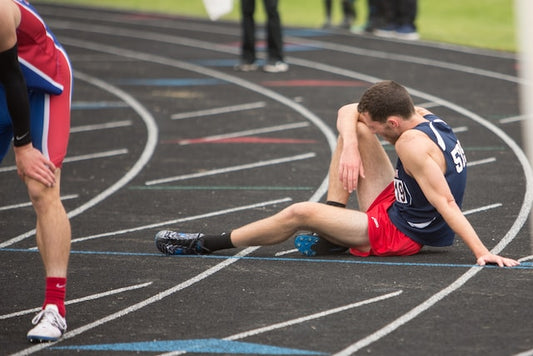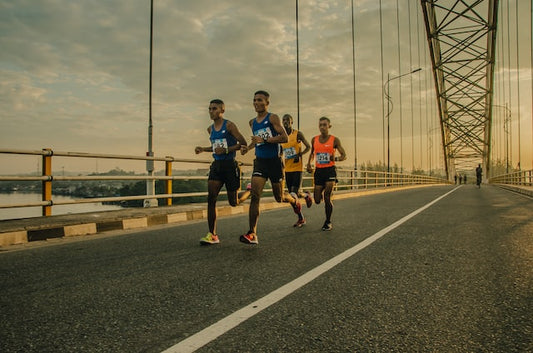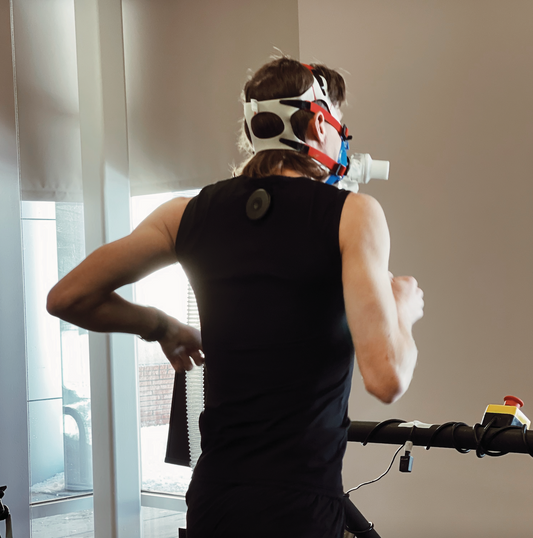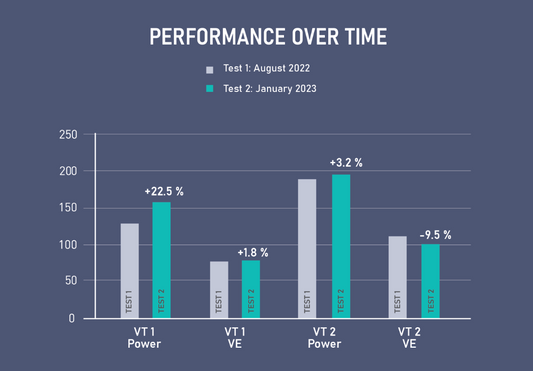Blog

The Science Behind Fatigue and Soreness
Endurance athletes are familiar with fatigue and muscle soreness and generally accept it as a part of the adaptation process. We’ve been taught to manage recovery rather than preemptively address...
The Science Behind Fatigue and Soreness
Endurance athletes are familiar with fatigue and muscle soreness and generally accept it as a part of the adaptation process. We’ve been taught to manage recovery rather than preemptively address...

What you’ve (probably) heard about cadence is w...
180 strides per minute isn’t magic, and there are better variables to consider to improve your running economy. Learn more.
What you’ve (probably) heard about cadence is w...
180 strides per minute isn’t magic, and there are better variables to consider to improve your running economy. Learn more.

Can breathing actually measure my fitness level?
Your fitness is constantly evolving - so should your training. The importance of individualizing training Individualizing training to your current fitness level has some major benefits. Studies have shown that it...
Can breathing actually measure my fitness level?
Your fitness is constantly evolving - so should your training. The importance of individualizing training Individualizing training to your current fitness level has some major benefits. Studies have shown that it...

The 4-Month Plan That Led to a 22% Increase in VT1
A case study on the importance of individualizing training based on metabolic thresholds. Age group athletes must strike the balance between their training outcomes and the competing priorities that vie...
The 4-Month Plan That Led to a 22% Increase in VT1
A case study on the importance of individualizing training based on metabolic thresholds. Age group athletes must strike the balance between their training outcomes and the competing priorities that vie...

Mitochondria: The Key to Power and Performance
How do we get faster and cover longer distances? At the most basic level, this occurs as our body gets better at using oxygen to create the energy necessary to propel us forward. The body...
Mitochondria: The Key to Power and Performance
How do we get faster and cover longer distances? At the most basic level, this occurs as our body gets better at using oxygen to create the energy necessary to propel us forward. The body...

Using Thresholds to Inform Training: A Complete...
For a long time, it has been a standard training practice in the elite endurance world to use thresholds to guide workout intensity. Most elite athletes know the exact numbers...
Using Thresholds to Inform Training: A Complete...
For a long time, it has been a standard training practice in the elite endurance world to use thresholds to guide workout intensity. Most elite athletes know the exact numbers...
